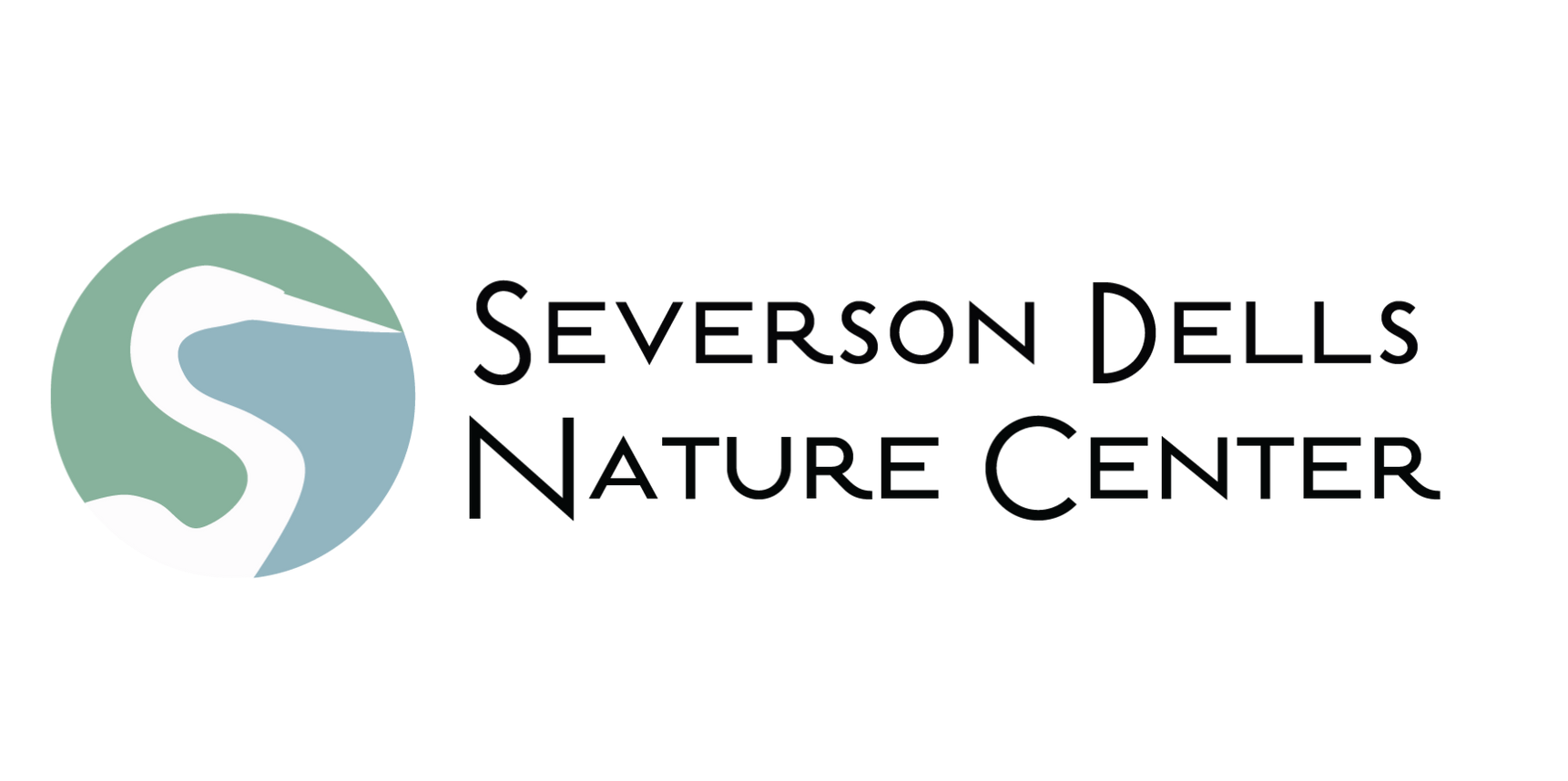TRAVELING NATURALIST
Traveling Naturalist
In-Classroom Programs
Severson Dells Nature Center offers a variety of programs which are designed to be taught in within your school. Our programs address several Next Generation Science Standards. All of our presentations include interactive, hands-on learning, therefore we limit our presentations to one class at a time.
Descriptions of our programs are listed below.
Room for Salamanders - Kindergarten-2nd Grade(30-40 minutes)
The children’s book, “Salamander Room” by Anne Mazer introduces students to the concept of habitat: that plants and animals have particular needs and live where those needs are met. Fun, engaging storytelling helps students predict what is best for our amphibian friends. (K-LS1-1, K-LS1.C, K-ESS2-2, K-ESS2.B, K-ESS3-1, K-ESS3.A, K-ESS3-3, K-ESS3.C, 1-LS1.A, 2-LS4.D)
Bats - Fly By Night - Kindergarten-5th Grade (30-45 minutes)
All living things are dependent on one another and their surroundings. Despite being valuable members of earth’s ecosystems, bats are often misunderstood and even feared. Using skulls, sounds and replicas, students will recognize that bats are not the scary creatures that many people believe. Bats are facing more challenges than ever. Students will be able to determine some of the consequences if bats are allowed to vanish. (K-LS1-1, K-LS1.C, K-ESS2-2, K-ESS2.E, K-ESS3-1, K-ESS3.A, K-ESS3-3, K-ESS3.C, 1-LS1.A, 1-LS1-2, 1-LS1.B, 1-LS1.D, 2-PS1.A, 2-LS4-1, 2-LS4.D, 3-LS1.B, 3-LS2.C, 3-LS2.D, 3-LS4.D, 4-LS1.A, 4-LS1-2, 4-LS1.D, 5-PS3.D, 5-ESS3.C)
Owl Moon - Kindergarten-5th Grade(30-45 minutes)
Flying silently while using their ears and eyes to find food, owls are a significant link in the food chain. They are skillful hunters with many special tools. This program looks at owl adaptations and behaviors through use of mounted specimens, wings, pellets and sound recordings. (K-LS1-1, K-LS1.C, K-ESS2-2, K-ESS2.E,K-ESS3-1, K-ESS3.A, K-ESS3-3, K-ESS3.C, 1-LS1.A, 1-LS1-2, 1-LS1.B, 1-LS1.D, 2-PS1.A,2-LS4-1, 2-LS4.D, 3-LS1.B, 3-LS2.C, 3-LS2.D, 3-LS4.D, 4-LS1.A, 4-LS1-2, 4-LS1.D, 5-PS3.D, 5-ESS3.C)
All About Frogs - 1st-4th Grade(30-40 minutes)
See! Hear! Move! Protect! Find Food! How do they do it? Frogs are perfectly adapted to survive in their habitat. Sounds, photos, even an experiment help students discover these unique abilities. Jump in and find out why frogs are fascinating. (1-LS1.A, 1-LS1.B, 1-LS1.D, 2-PS1.A, 2-LS4.D, 3-LS1.B, 3-LS3.B, 3-LS2.C, 3-LS4-4, 3-LS4.C, 3-LS4.D, 4-LS1.A, 4-LS1-2, 4-LS1.D)
Let us help bring
Next Generation Science Standards to you.
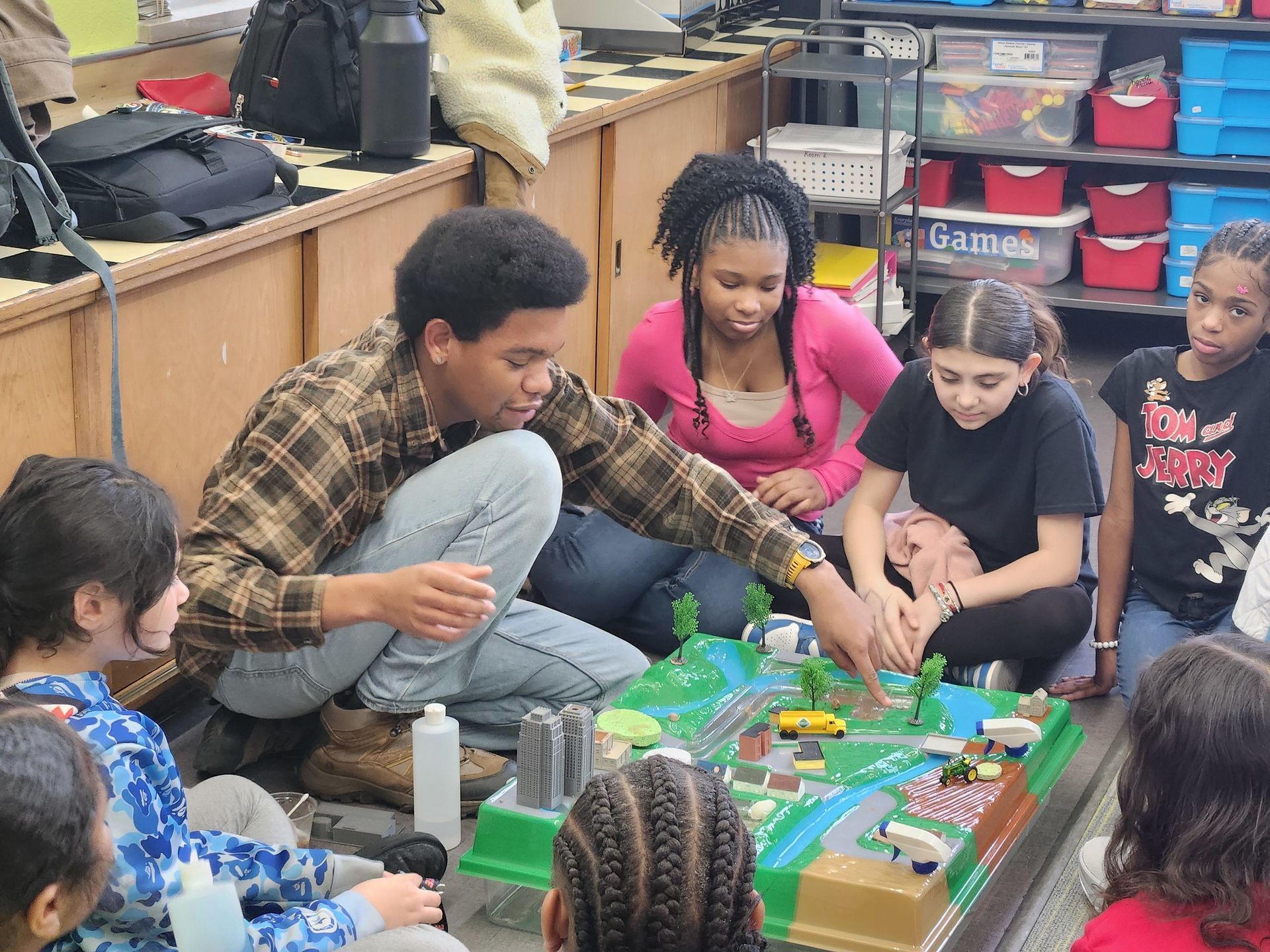
All of our classroom presentations employ hands-on, interactive learning. We focus on helping students understand their connection to and influence over the natural world.
If you have any questions, need more information or would like to schedule a Traveling Naturalist, please call or email below.
Programs
Feel free to mix and match programs and grade levels.
We usually do these programs in December, January, February and March, but will do our best to accommodate your schedule.
Room for Salamanders - Kindergarten-2nd Grade(30-40 minutes)
The children’s book, “Salamander Room” by Anne Mazer introduces students to the concept of habitat: that plants and animals have particular needs and live where those needs are met. Fun, engaging storytelling helps students predict what is best for our amphibian friends. (K-LS1-1, K-LS1.C, K-ESS2-2, K-ESS2.B, K-ESS3-1, K-ESS3.A, K-ESS3-3, K-ESS3.C, 1-LS1.A, 2-LS4.D)
Bats - Fly By Night - Kindergarten-5th Grade (30-45 minutes)
All living things are dependent on one another and their surroundings. Despite being valuable members of earth’s ecosystems, bats are often misunderstood and even feared. Using skulls, sounds and replicas, students will recognize that bats are not the scary creatures that many people believe. Bats are facing more challenges than ever. Students will be able to determine some of the consequences if bats are allowed to vanish. (K-LS1-1, K-LS1.C, K-ESS2-2, K-ESS2.E, K-ESS3-1, K-ESS3.A, K-ESS3-3, K-ESS3.C, 1-LS1.A, 1-LS1-2, 1-LS1.B, 1-LS1.D, 2-PS1.A, 2-LS4-1, 2-LS4.D, 3-LS1.B, 3-LS2.C, 3-LS2.D, 3-LS4.D, 4-LS1.A, 4-LS1-2, 4-LS1.D, 5-PS3.D, 5-ESS3.C)
Owl Moon - Kindergarten-5th Grade(30-45 minutes)
Flying silently while using their ears and eyes to find food, owls are a significant link in the food chain. They are skillful hunters with many special tools. This program looks at owl adaptations and behaviors through use of mounted specimens, wings, pellets and sound recordings. (K-LS1-1, K-LS1.C, K-ESS2-2, K-ESS2.E,K-ESS3-1, K-ESS3.A, K-ESS3-3, K-ESS3.C, 1-LS1.A, 1-LS1-2, 1-LS1.B, 1-LS1.D, 2-PS1.A,2-LS4-1, 2-LS4.D, 3-LS1.B, 3-LS2.C, 3-LS2.D, 3-LS4.D, 4-LS1.A, 4-LS1-2, 4-LS1.D, 5-PS3.D, 5-ESS3.C)
All About Frogs - 1st-4th Grade(30-40 minutes)
See! Hear! Move! Protect! Find Food! How do they do it? Frogs are perfectly adapted to survive in their habitat. Sounds, photos, even an experiment help students discover these unique abilities. Jump in and find out why frogs are fascinating. (1-LS1.A, 1-LS1.B, 1-LS1.D, 2-PS1.A, 2-LS4.D, 3-LS1.B, 3-LS3.B, 3-LS2.C, 3-LS4-4, 3-LS4.C, 3-LS4.D, 4-LS1.A, 4-LS1-2, 4-LS1.D)
Our Mission: To link people to nature through education and research, in the northern Illinois and southern Wisconsin area. We promote awareness of the natural world, fostering respect, enjoyment, and preservation now and in the future.
Contact us
8786 Montague Rd.
Rockford, IL 61102
Business Hours
- Mon - Sat
- -
- Sunday
- Closed
The Grove Nature Playscape and the trails
are open from sunrise to sunset.
Website Navigation
Business Sponsors
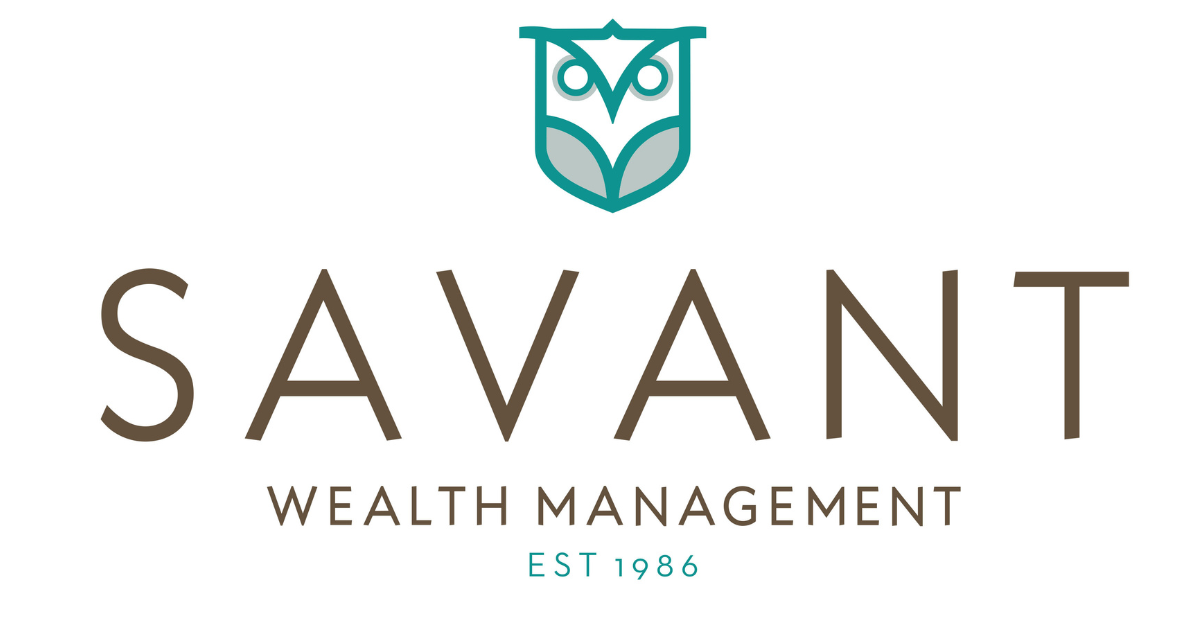
Slide title
Write your caption hereButton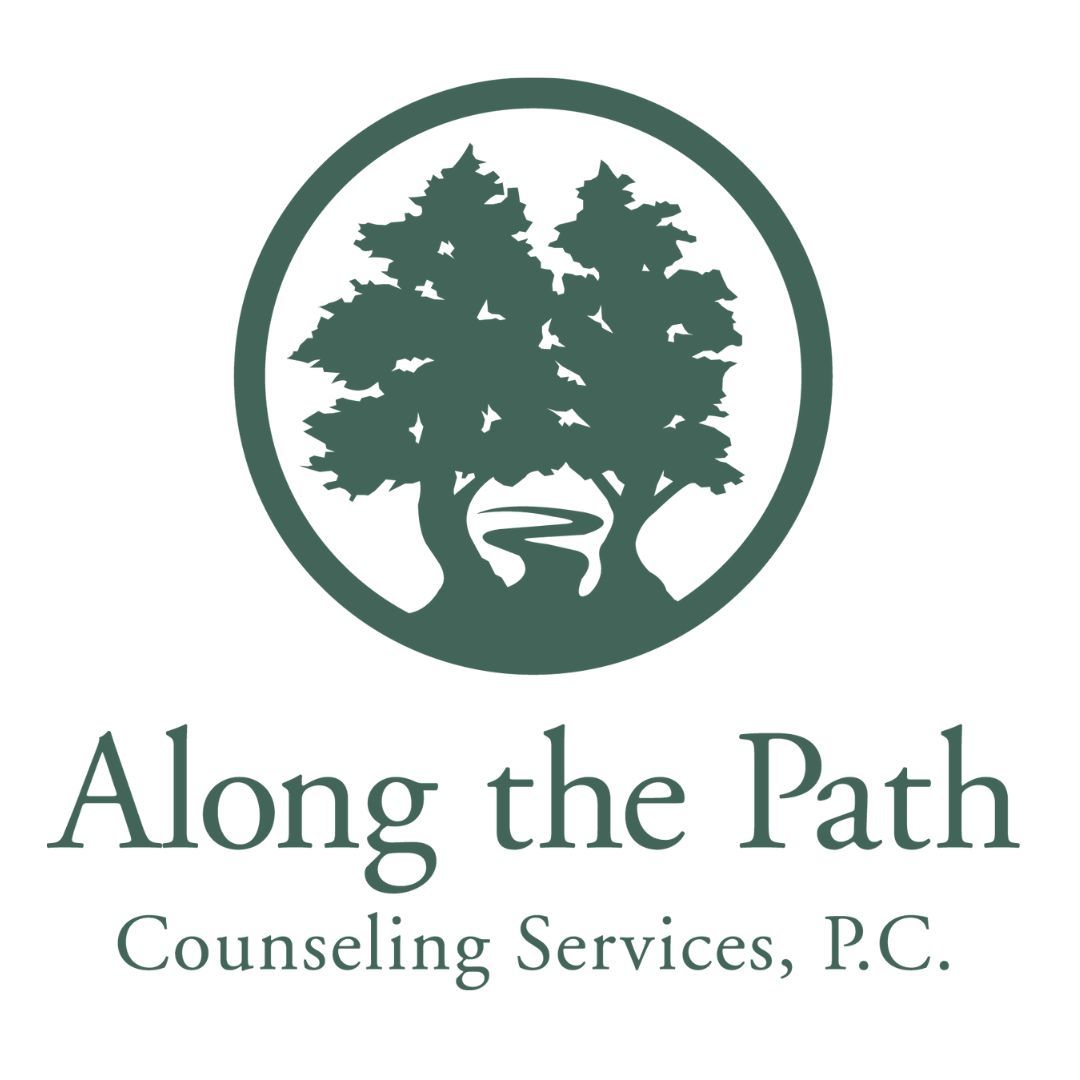
Slide title
Write your caption hereButton
Slide title
Write your caption hereButton
Slide title
Write your caption hereButton
Slide title
Write your caption hereButton
Slide title
Write your caption hereButton
Slide title
Write your caption hereButton
Slide title
Write your caption hereButton
Slide title
Write your caption hereButton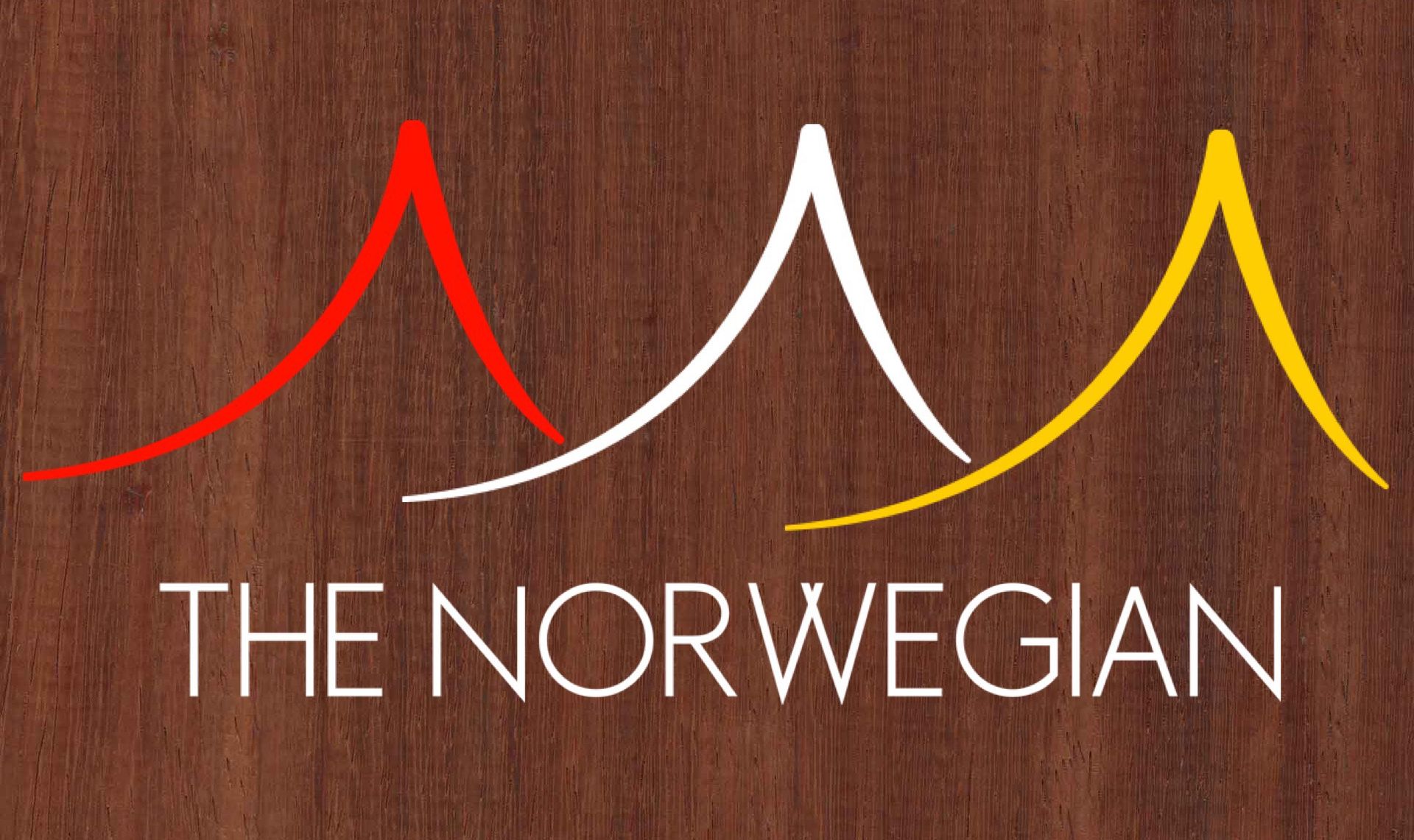
Slide title
Write your caption hereButton
Slide title
Write your caption hereButton
Slide title
Write your caption hereButton
Slide title
Write your caption hereButton
Slide title
Write your caption hereButton
Slide title
Write your caption hereButton
Slide title
Write your caption hereButton
Slide title
Write your caption hereButton
Slide title
Write your caption hereButton
Slide title
Write your caption hereButton
Slide title
Write your caption hereButton
Slide title
Write your caption hereButton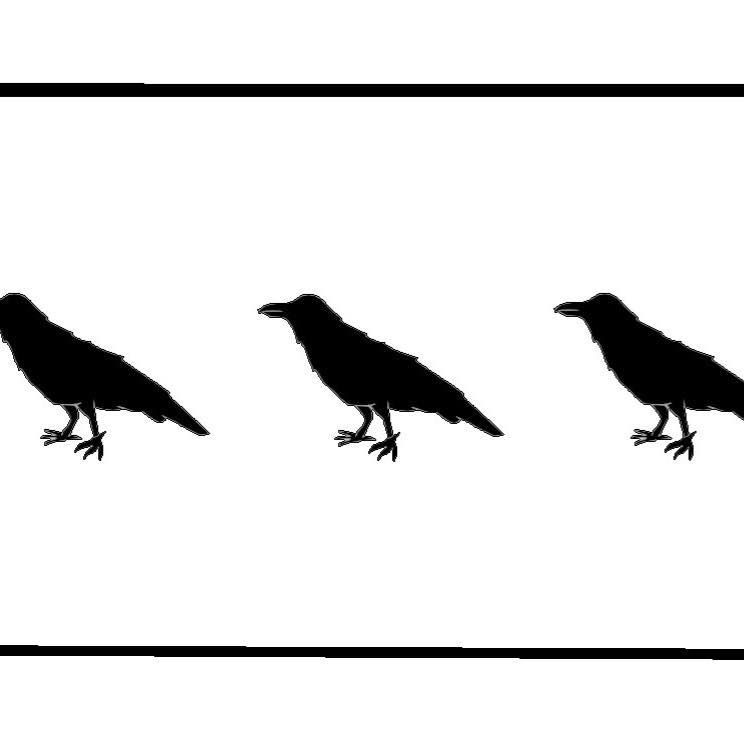
Slide title
Write your caption hereButton
Slide title
Write your caption hereButton
Slide title
Write your caption hereButton
Slide title
Write your caption hereButton
Slide title
Write your caption hereButton
Slide title
Write your caption hereButton
©2023 | All Rights Reserved | Severson Dells Nature Center
Website powered by Neon One
